We are really more bakers than cooks, and pancakes are our Achilles heel. We struggle with the unpredictability of the open flame (give us an oven any day!). There’s nothing more disappointing than tough pancakes, or to discover that you’ve burnt the surface of the pancakes but the middle of the pancakes is raw. So, we thought we’d take a moment to answer key pancake questions like “what temperature to cook pancakes on stove?” and share some tips for producing more perfect pancakes:
How Can I Be Sure That My Batter Produces Fluffy Pancakes?
1) Egg whites
While it’s a little more labor intensive, it’s a worthwile extra step to separate your eggs, placing the egg yolks and whites in separate bowls. If you’re separating your eggs, it’s easier to start with cold eggs straight from the fridge, rather than room temperature. Mix the egg yolks in with the rest of the liquid ingredients, then add the dry ingredients to the wet ingredients. The egg whites can be beaten slightly until they form very soft peaks and then folded gently into the pancake batter. However, this trick evaporates quickly, so use the batter asap once you’ve folded in the beaten whites!
2) Sifting
We have yet to encounter a recipe that wasn’t improved by sifting. For one thing, it aerates your flour, optimizing for fluffy pancakes. For another, it ensures that any clumps of baking soda or baking powder dissipate and are well combined into your pancakes. There’s really nothing worse than biting into a clump of baking powder or baking soda.
OK, I Got My Batter Down, Now How Do I Cook Fluffy Pancakes?
1) What temperature to cook pancakes on stove?
What’s the optimum temperature to cook pancakes on the stove? The right temperature is mdium heat.
2) Preheating
Heat pan over medium heat for several minutes before you start cooking the pancakes. You’ll know the pan is hot enough when you flick a couple of drops of water on the surface and it makes a sizzling noise.
3) Greasing the Pan
There are a lot of strong opinions out there about the best way to grease your pan. We like to start with a large nonstick skillet that still gets a nice sear – this is the best tool for making perfectly crispy pancakes. Hexclad is the best choice in the nonstick pan category since its metal finish still allows you to get a nice sear. Then, we like to spray with nonstick cooking spray. The spray allows us to coat the entire surface of the pan evenly with minimal oil. We find that when we add a little vegetable oil or butter to the pan, we need to use a lot more fat and it’s much harder to get a thorough and even coating.
4) Consistency
Make sure that your pancakes are consistently sized. Use a measuring cup to measure out 1/4 cup of batter at a time and pour consitent 1/4 cupfuls of batter into the frying pan. This will produce roughly 4 inch pancakes that cook quickly and are easy to flip.
5) Optimizing for Even Heat
Once of the challenges of cooking multiple pancakes in a skillet is that there isn’t a lot of cooking surface to work with and it isn’t necessarily consistently hot. The size of the pan relative to the size of your burner really work against you here. So, leave plenty of room (2-3 inches) between pancakes and keep you pancakes away from the edges of the pan, where the temperature is generally lower.
6) Steam
We hate frying food. We never know when it’s done and the timer doesn’t help since it can’t predict how high we turned the flame up. Pancakes really drive us crazy because the odds the awful burnt outside/raw inside pancake is high. What helps here, is using some steam to accelerate the cooking of the inside of the pancake. So, heat your pan, then drop the batter in, then cover the pan for a minute or two. Yep, you heard us right, COVER THE PAN. You can even fling a few droplets of water around the pancakes, if you really want to amp up the steam. This will trap the heat and the steam generated by the wet dough hitting the hot surface of the pan. Trapping the heat means that the middle of the pancake will cook more quickly and evenly.
7) Right Time to Flip the Pancake
You’ll know your pancake is ready to be flipped to the second side when you see small bubbles forming in the center of the pancake and the edges of the pancake start to firm up. When you flip it, the surface of the first side should be golden brown.
Best Tools for Making Great Pancakes
OK, I Made the Perfect Pancake – What Should I Put On It?
Such a great question! We’ve learned our local Du-pars that we like nothing more with our pancakes than a little pitcher of melted butter. Maple syrup is, of course, a classic topping. More elaborate pancake bars might include whipped cream, chocolate syrup, or chopped fresh fruit or nuts.
Help! I’m Cooking For a Crowd! Can I Make These Ahead of Time?
To be honest, pancakes don’t keep that well and are best eaten immediately. If you’re hosting a pancake party and don’t want to be a short order cook, you can pre-make the pancakes and place them on a single layer on a sheet pan in a 150 F oven. However, they will dry out quickly. So, really, if you’re cooking for a crowd, just make something else! Here are some ideas:

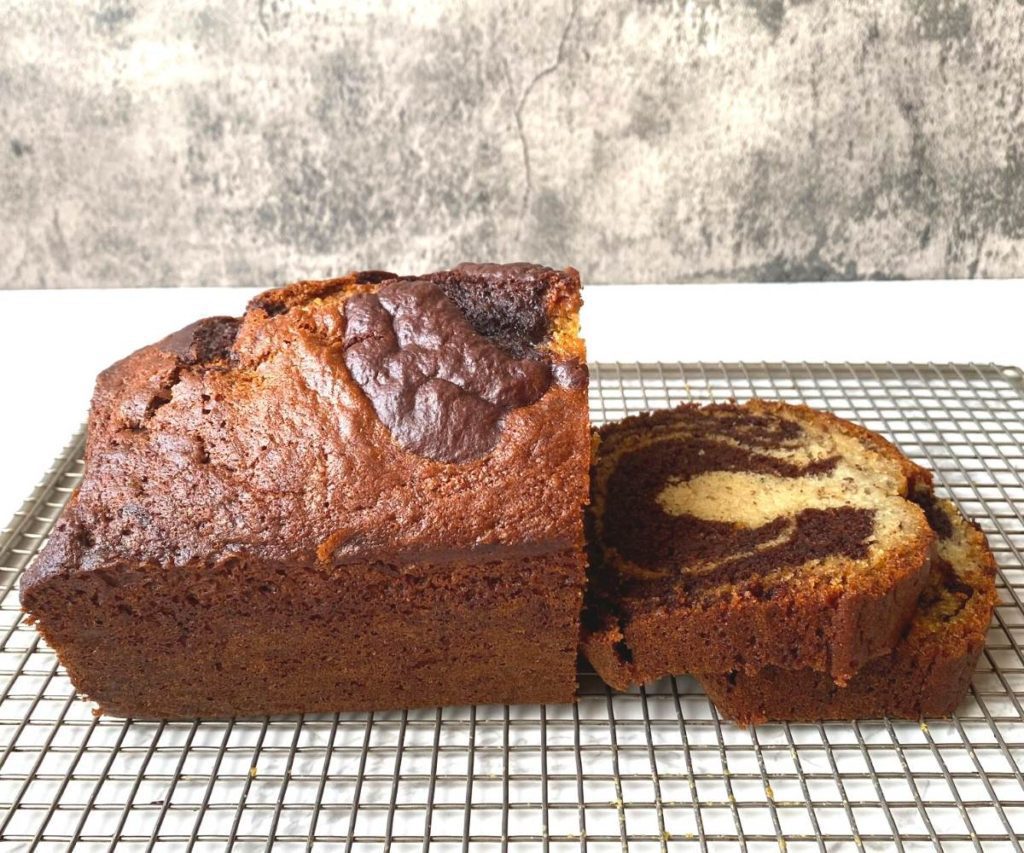


I’m Full! What Should I Do With Leftover Pancake Batter?
Pancake batter keeps in the fridge for 2-4 days depending on the expiration date of the milk and eggs you used in the batter.
OK, Enough With the Questions! Let’s Make Some Pancakes!

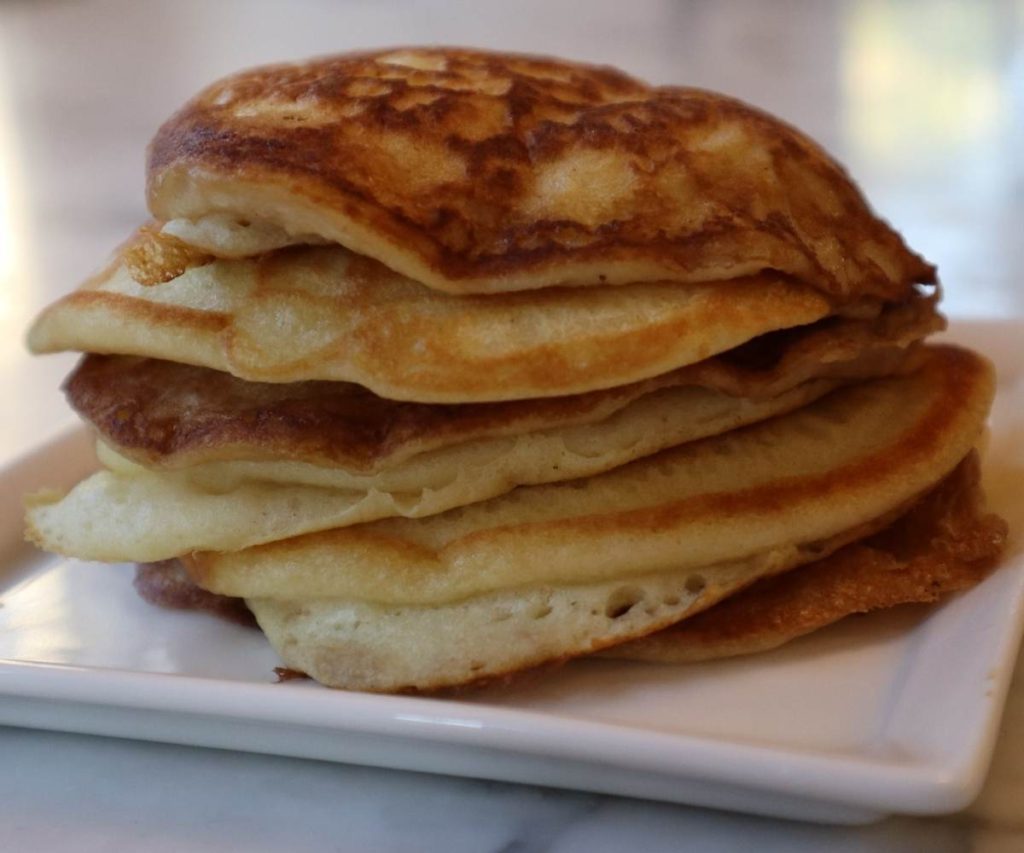
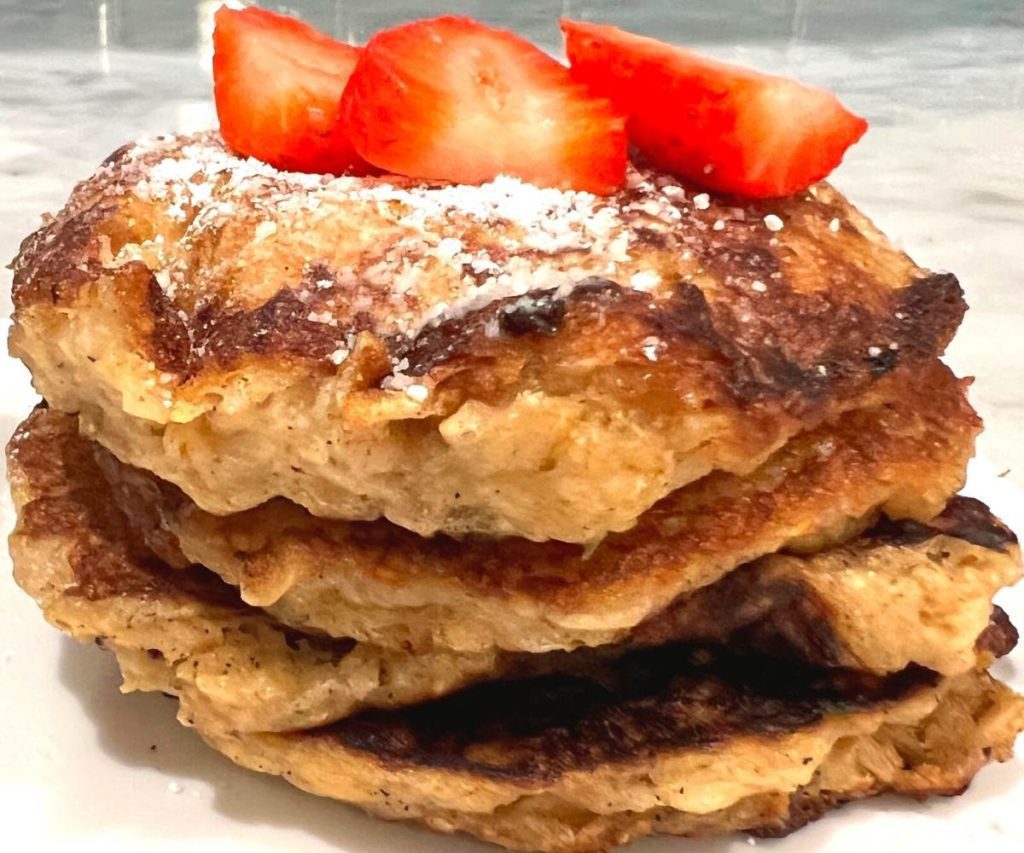
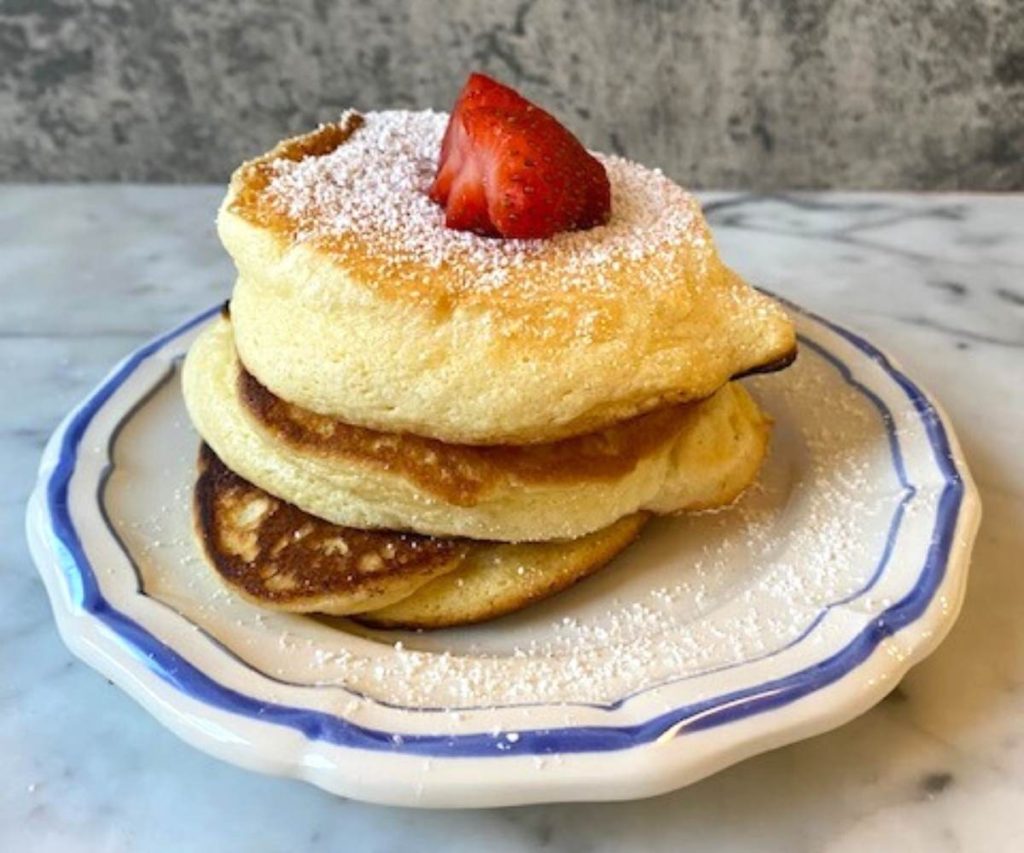
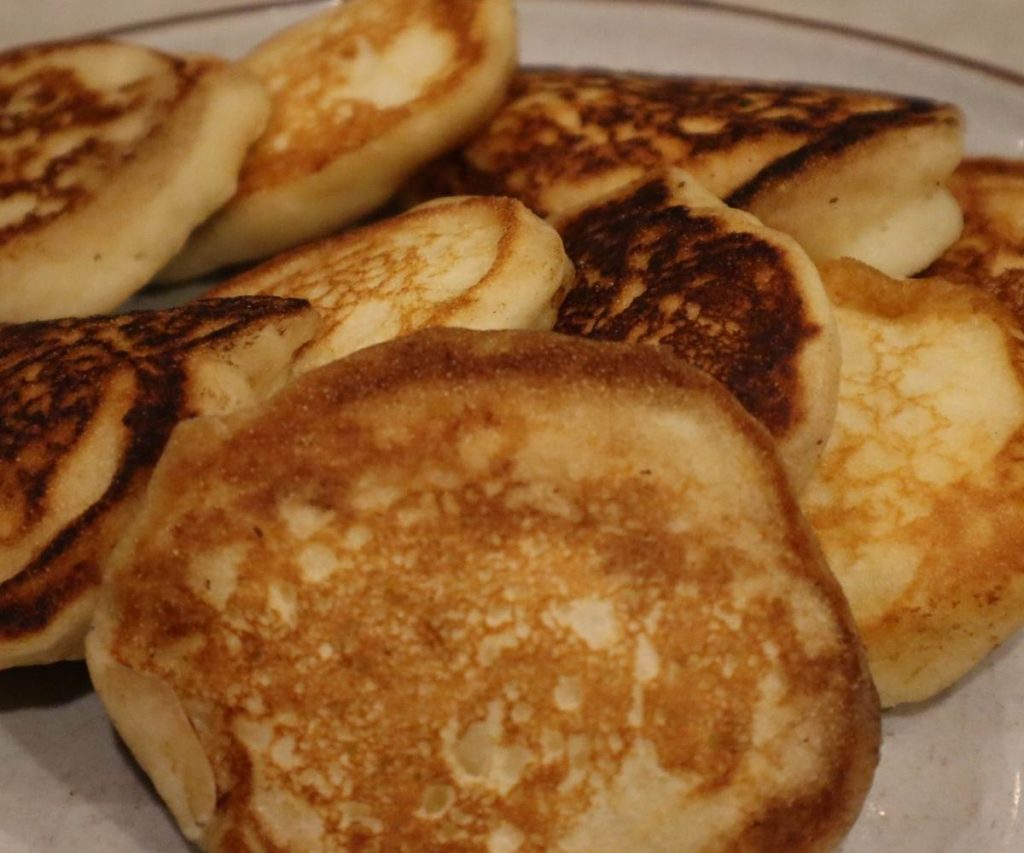


Affiliate Disclosure: As Amazon Associates, we earn a small commission from qualifying purchases when you click on links embedded in this post.

